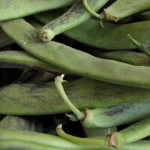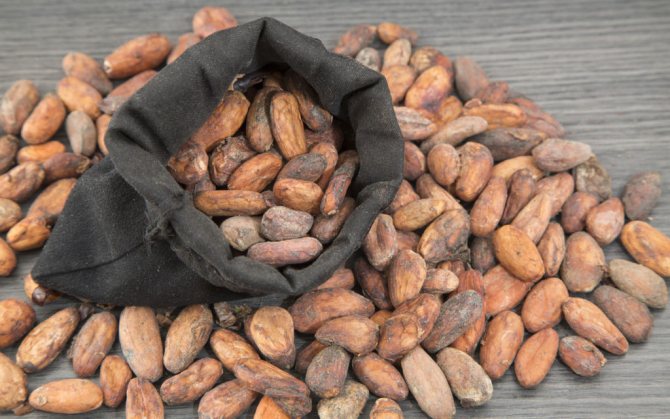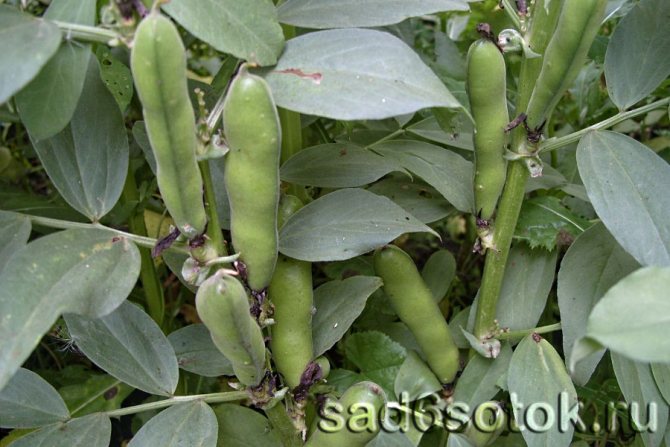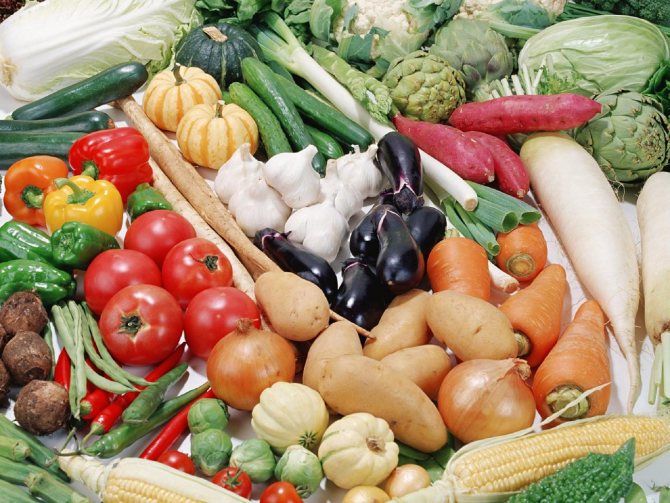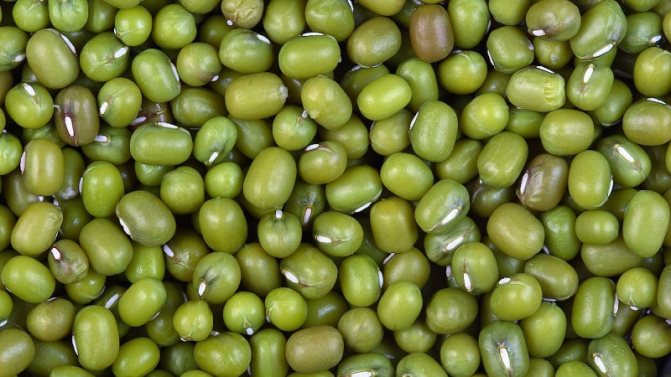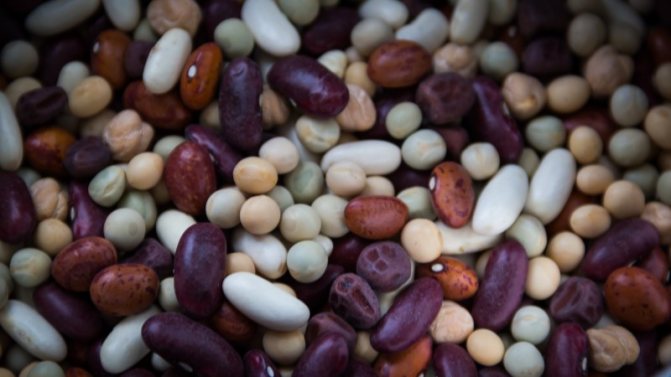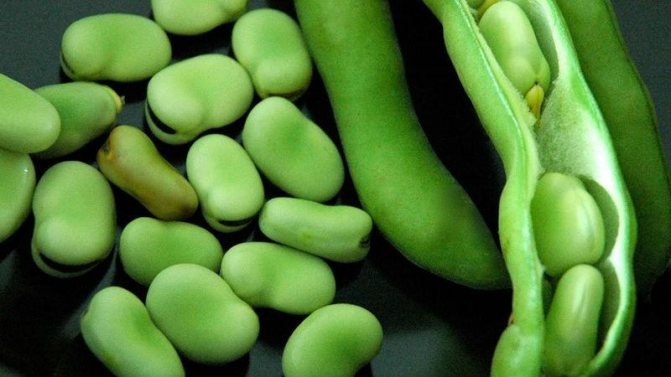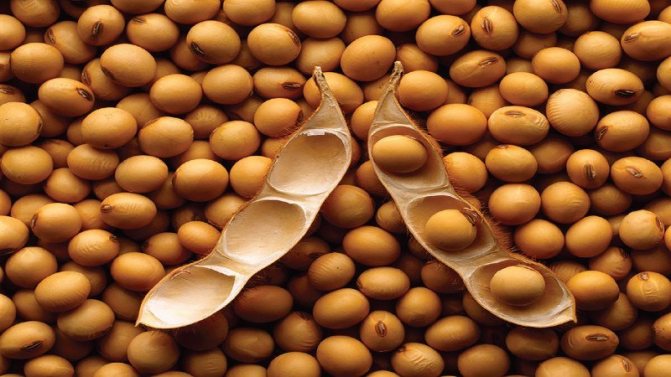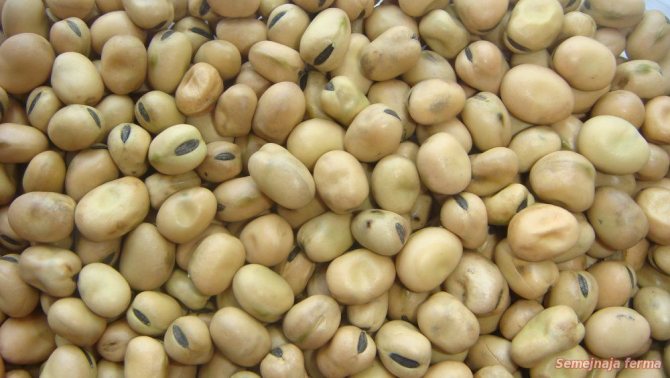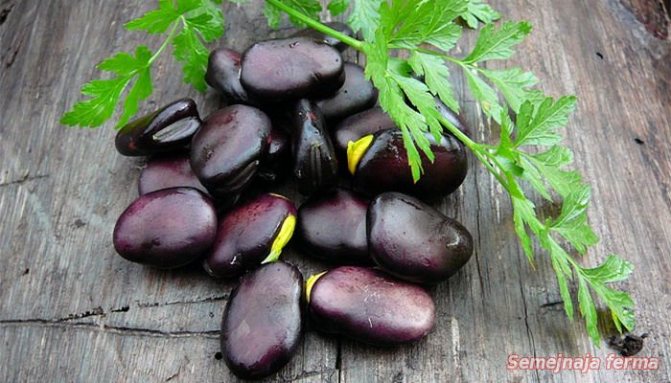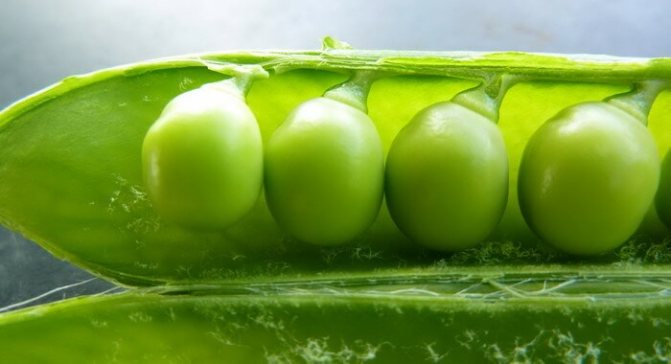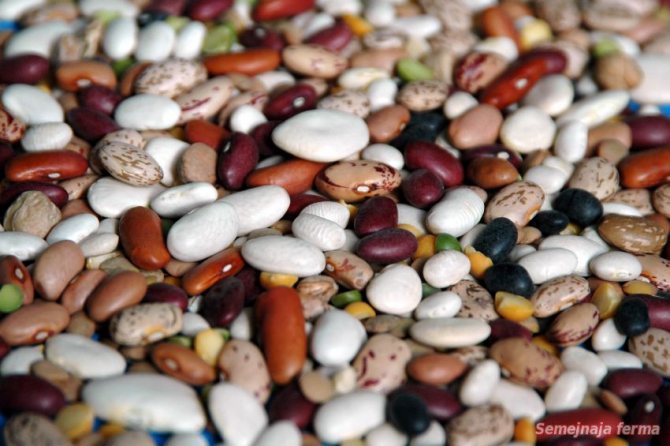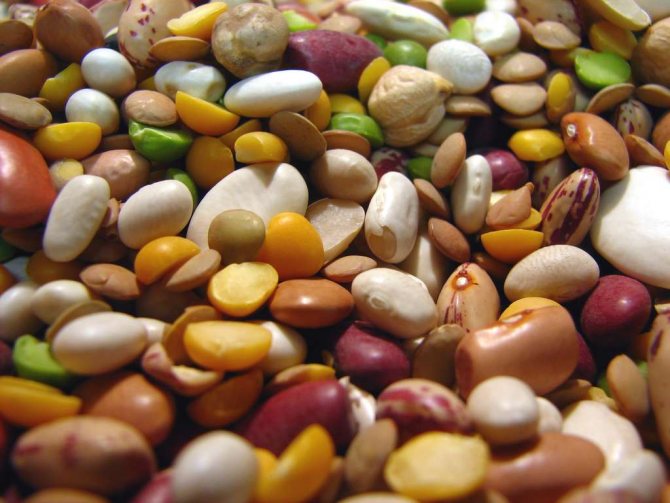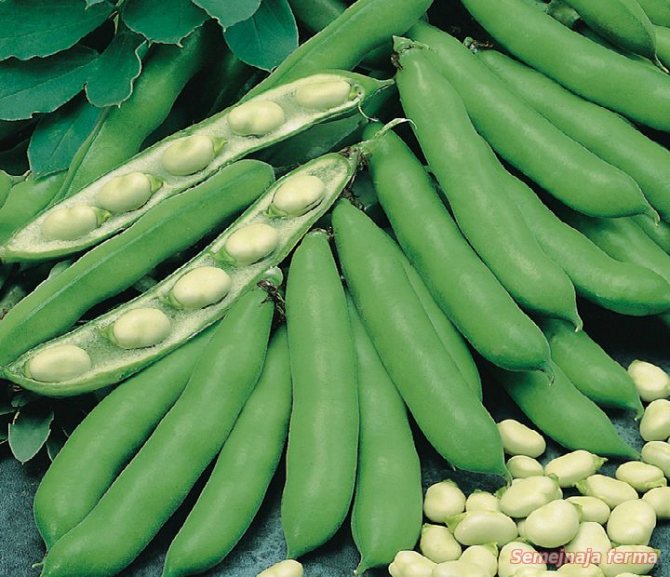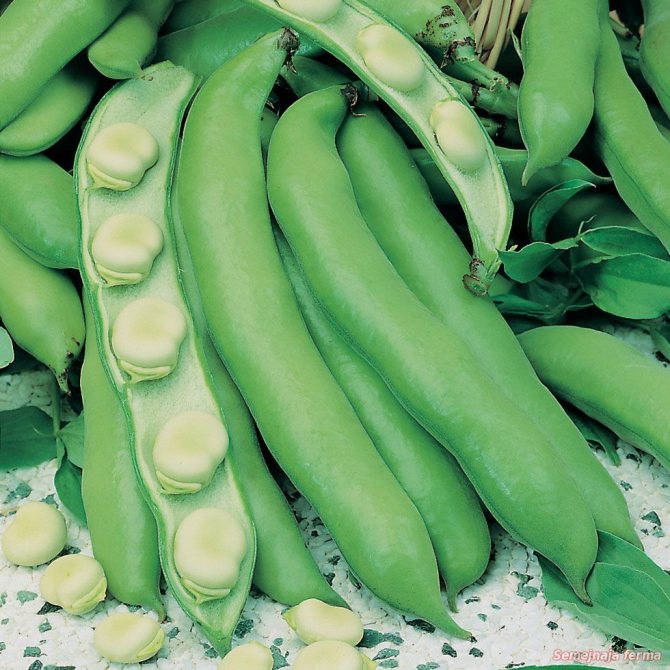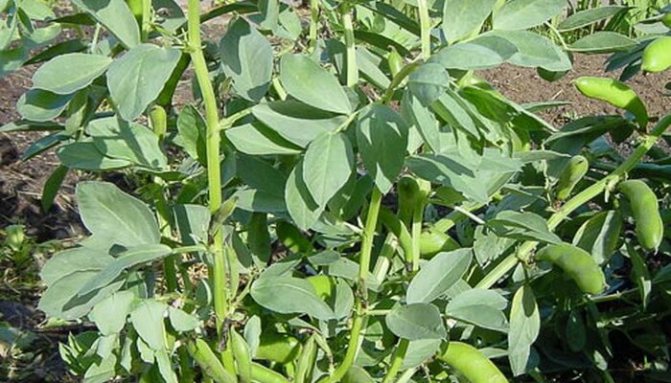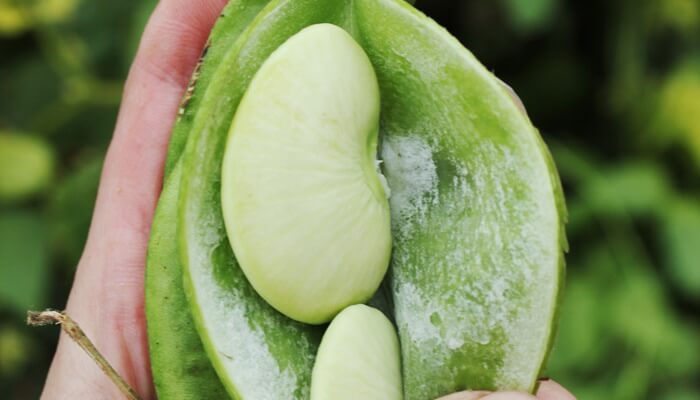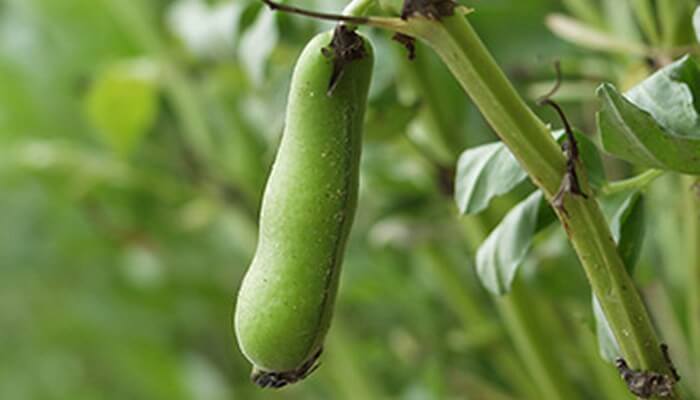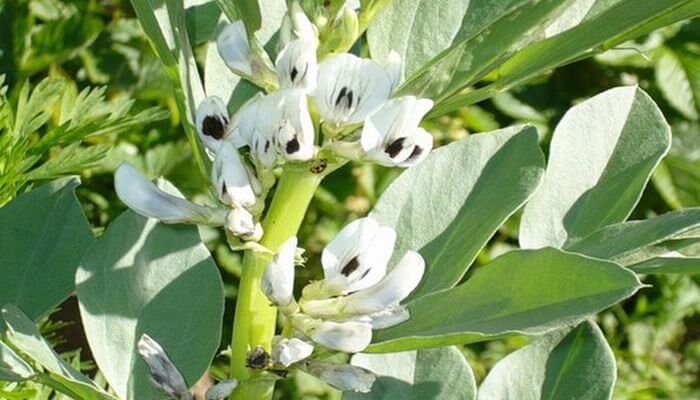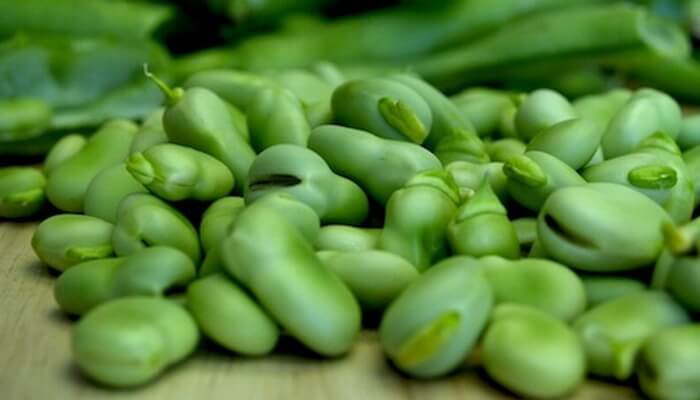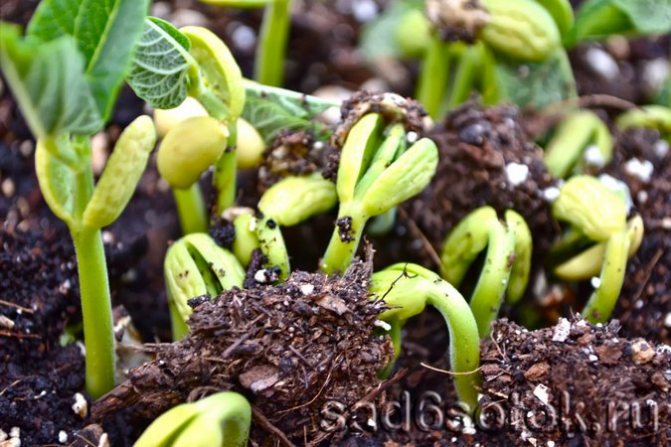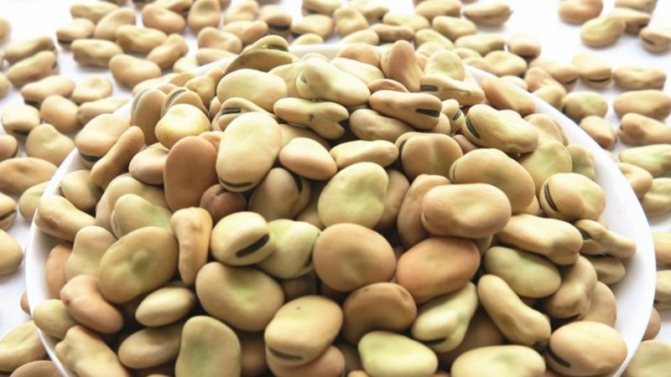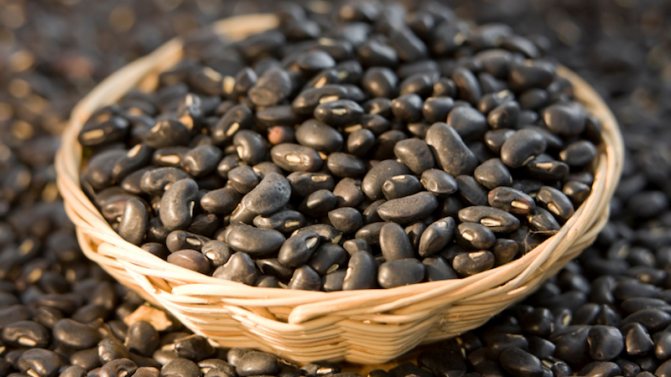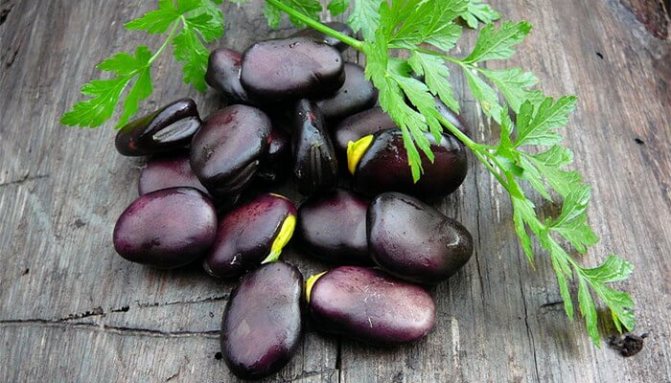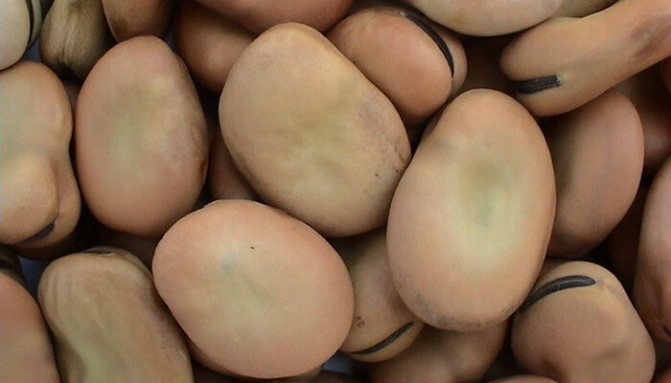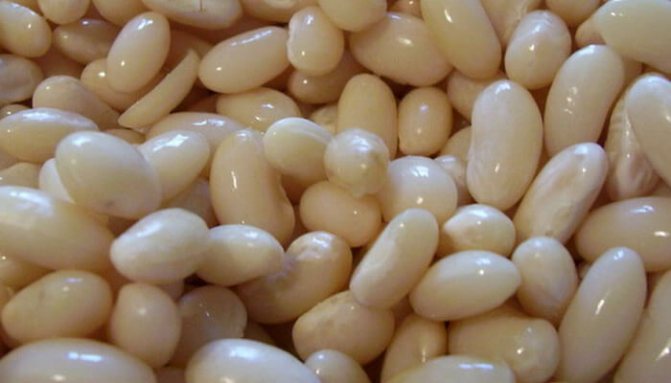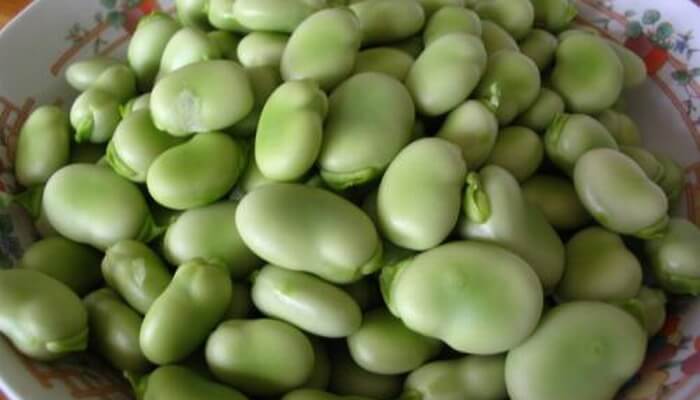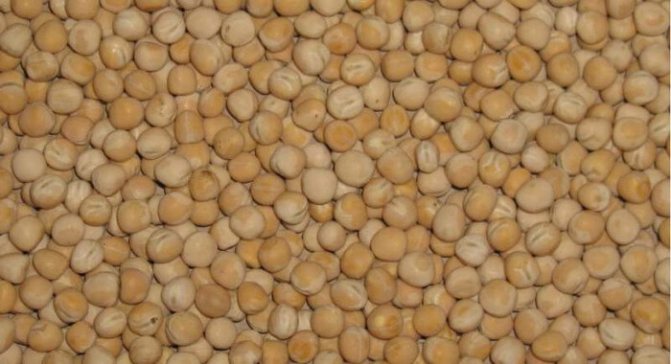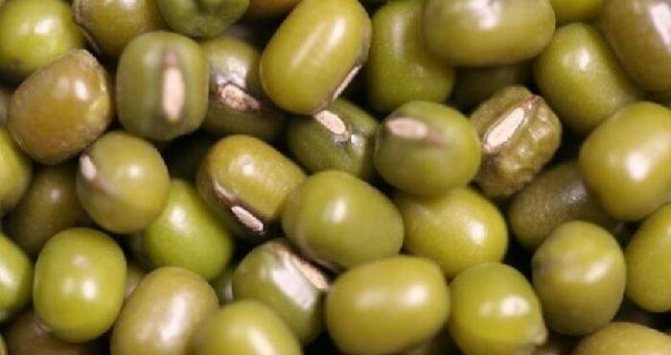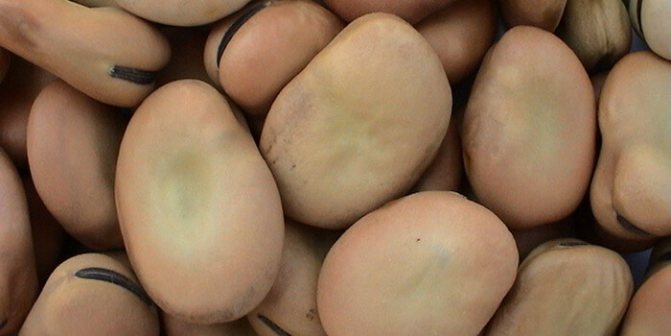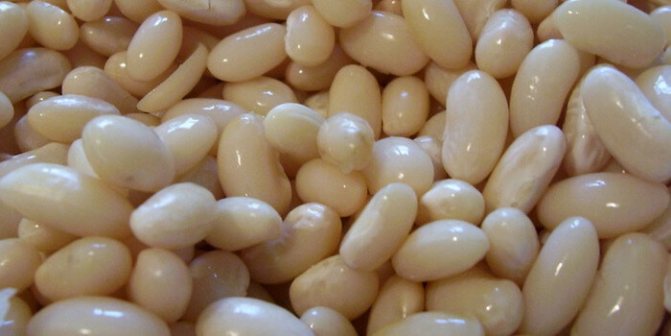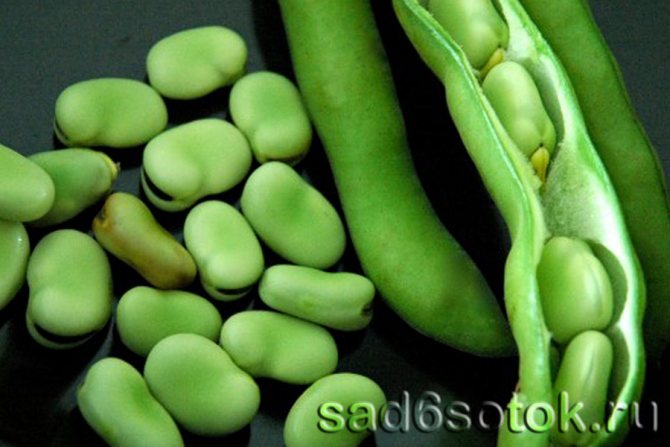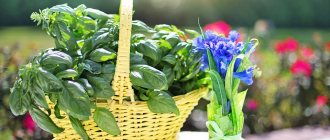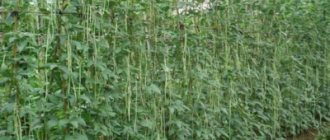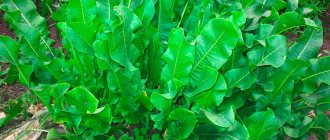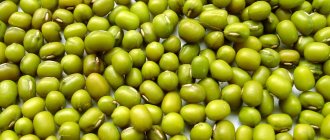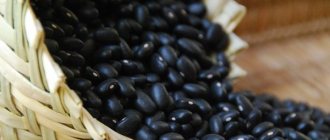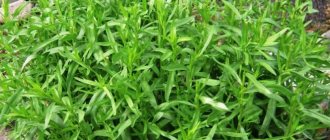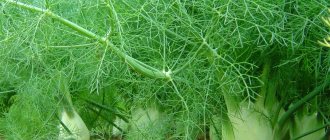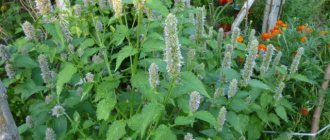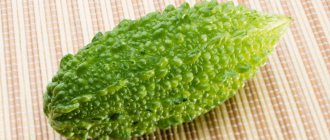Recall that the legume family has about 17,000 species. Many of them are famous food plants that have been cultivated for many centuries. These are well-known vegetables in the middle lane: peas, beans, beans, peanuts, lentils, soybeans, as well as a number of less known species that grow in warm climates and constitute an important part of the diet of the population living there.
For example, mung beans (Vigna radiata) from the genus Vigna (Vigna), a widespread crop in the countries of Southeast, Central Asia, in China. The name "mung" has Indian roots, in another way the vegetable is called mung beans or golden beans. It is a climbing plant about 110 cm high with a pubescent aerial part, small green beans 3-6 mm long. The grains are small, light green or golden, have a mild, herbal flavor with a nutty aroma. The beans are eaten whole, shelled, and sprouted and used as food.
Another type of beans, little known to the inhabitants of the middle lane, is chickpea (Cicer arietinum), other names are lamb peas, chickpeas, hummus. Annual plant 20-70 cm high, with an erect stem covered with glandular hairs and short pods with 1-3 seeds of different colors. Species with white grains are more often grown. Chickpea is a thermophilic crop, grows well in tropical and subtropical climates, has been cultivated since ancient times in Pakistan, India, Ethiopia, and grows in more than 30 countries. Chickpea beans are a common food in the Asian region.
Among the beans, there are cultures that are exotic for us, such as snake beans, another name is Chinese green beans, asparagus, yard or green beans. This is a vegetable similar to asparagus beans, but with pods up to half a meter long, sweet and tender in taste. It is cooked like ordinary green beans and is very popular in Chinese, Indian and other Asian cuisines.
In Russia and Europe, the common bean is grown as a vegetable and fodder plant.
What is it and how does it grow?
Beans are annual climbing plants from the legume family. Usually they grow up to 1.5-2 m in height. Fruits look like valves with seeds. The beans are flattened, oval or round. The color of the fruit depends on the species and can be green, yellow, black, purple or white. One pod contains 5 to 7 beans.
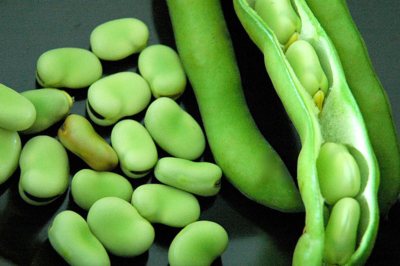
The plant is not found in the wild, but has been known throughout the world since ancient times. Even before the advent of potatoes in Russia, the poor ate exclusively on beans. Today this vegetable is used as a fodder crop. However, people do not deny themselves the pleasure of eating young beans.
Culture belongs to low-calorie foods: so 100 g of beans contains about 70 kcal. Beans are a versatile food that contains a huge amount of nutrients. For example, protein, fiber, carbohydrates, dietary fiber.
Description of the plant
There are many varieties of this plant, which is a storehouse of fiber and plant proteins for humans. Legumes have been known for a long time. They were grown by our ancestors in large quantities, as they were the main source of food.Being very nutritious and useful, they deservedly occupied most of the area in the gardens of people in the countryside.
In addition to the large number of beneficial trace elements, the legume plant provides another benefit. After the autumn digging of the soil, together with its stem and root parts, the earth is perfectly fertilized.
Legumes are annual plants. They have an erect stem, they can grow from 40 to 120 cm.
Leaves are unpaired or paired, depending on the variety. As the beans grow, they develop a powerful rhizome. During flowering, whole inflorescences are formed. The fruits appear as pods. They can be of various lengths and widths. It depends on the variety and the adequacy of the nutrient supply during the growth process. Seeds are found inside the pod and gradually ripen. Their color range, overall yield, ripening period of fruits, resistance to cold and temperature extremes vary depending on the crop.
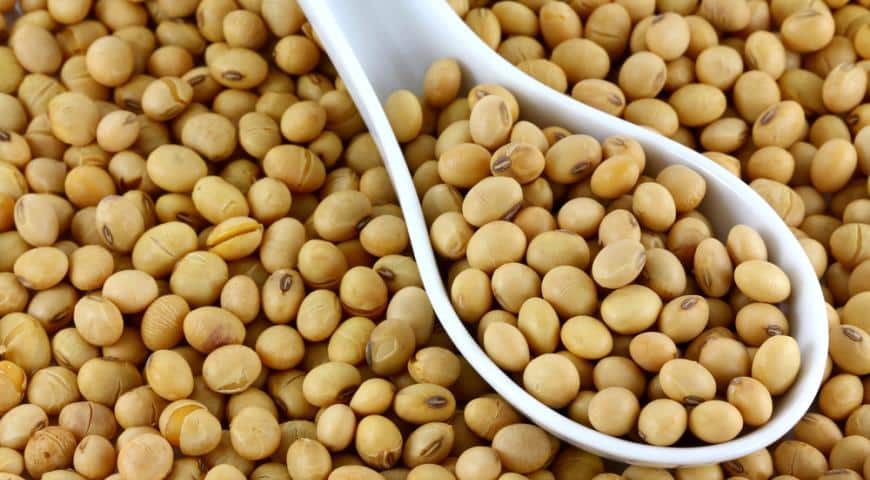

Useful properties of a vegetable
The culture boasts of its rich composition of various elements. By consuming 100 g of the product every day, a person will notice the following improvements in the body:
- stabilization of the emotional state;
- increasing the functionality of the immune system;
- good performance of the brain;
- lowering blood sugar and cholesterol levels;
- improvement of the digestive tract.
Beans can negatively affect the body. For example, cause gassing.
The fruits act as a diuretic, laxative, anti-inflammatory, choleretic and antispasmodic agent. The B vitamins included in the composition have a positive effect on the general condition of the hair, nail plate, and skin.
Where the beans grow
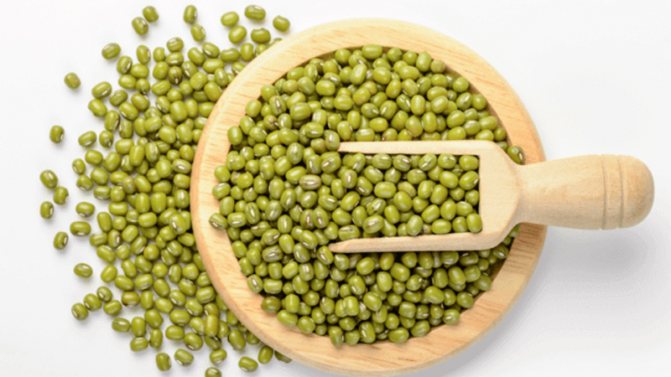

The homeland of this plant is considered the Mediterranean, but it is successfully grown in more northern regions. For a long time, it was one of the main agricultural crops in Russia. But over time, it was supplanted by potatoes and beans as more productive and faster ripening plants.
Today, the main attention to vegetable beans is shown by the owners of summer cottages and personal subsidiary farms. Little is grown on an industrial scale. But every year the agricultural areas for this crop are gradually increasing.
Russian beans grow in different climates, in addition, there are zoned varieties for colder climates. The best temperature for setting fruits is considered to be + 25 ° C, at a higher temperature they do not ripen, and the ovaries fall off.
What are the types of legumes and what do plants with seeds of green and other colors look like?
The following representatives of this legume family are known to mankind:
- Black Russian beans. This is one of the oldest varieties, which branches strongly under favorable conditions and reaches a height of 1.5 m. One stem contains 6-16 valves (7-8 cm long) with fruits. Each bob is slightly curved, wrinkled. It has 2-3 seeds of an elongated oval shape, flat, with a dark purple or black tint. Used for stewing, canning.
- Horse beans. These are plants with a powerful root system that penetrates deep into the ground. The stem is erect, tetrahedral, reaching a height of 2 m. One stem contains from 2 to 10 pods. Popular in folk medicine.
- Mung beans (mash)... Differs in the presence of small oval beans with a green skin. The plant appeared in India, but today it is popular in Thailand, China and Indonesia. Beans are rich in nutrients and are therefore highly prized.
Black Russian and horse beans are grown in Russia. Ordinary garden crops are also popular. They have identical characteristics with black Russians, and in appearance somewhat resemble horse beans.
Here you can see how different types of beans look in the photo.
Black Russian beans:
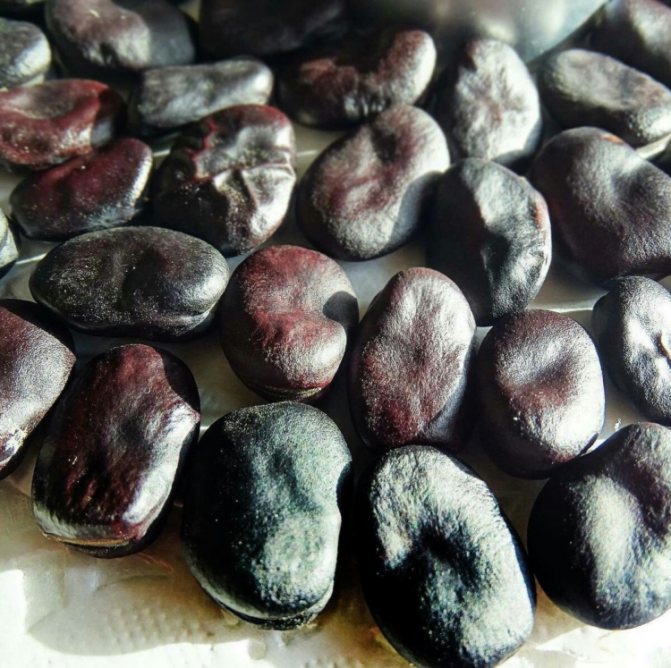

Horse beans:
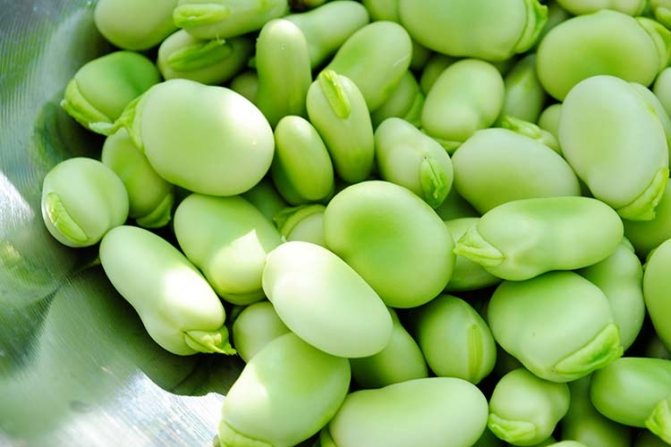

Mung beans:
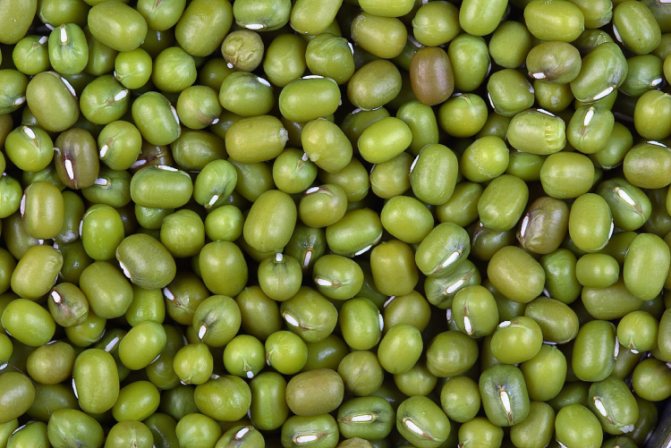

In special publications, our experts talk about other types of legumes. After reading them, you can find out:
- How to grow peas on your own and what are the best sowing varieties?
- What is chickpea, how to get a crop of a plant and what is its effect on the body of men and women?
- What are soybeans and peanuts, how are they grown?
Types and varieties of beans
Legumes popular today are valued for their exceptional taste, along with nutritional value and benefits for the human body.
There is a conditional modern gradation of legumes into main groups:
- Northern varieties. Such species give high yields in regions with moderate and colder climates.
- Western European. Occupy fields in hot, southern regions, where dry conditions are frequent companions in growing crops.
Depending on the region, the degree of ripening and other parameters, you can choose the variety that is most suitable for growing in a particular area. At the moment, some preferences have formed among the consumers of legumes. Which, of course, affects the development of agriculture in this direction.
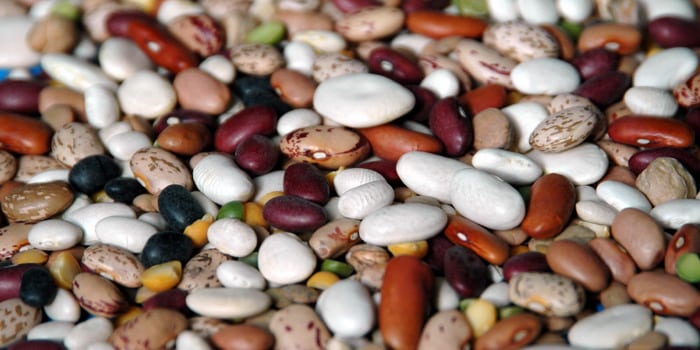

Belarusian
The name comes from the country of origin of the culture. The variety appeared in 1950. Mid-season peeling species. From the moment of sowing to the appearance of fruits, it takes about 100 days. Flowering occurs 25 days after germination. The stem reaches a height of 50 to 100 cm. The length of the pod is about 10 cm. The seeds are elongated and have a pale brown color. Perfect for canning.
Windsor
There are white and green subspecies. Bred more than two centuries ago by breeders from England. Medium ripeness. From sowing to fruit ripening, it takes about 120 days. The white variety ripens 10 days longer. The stem part of these crops often exceeds a meter in height. The pods are small. Their shape is slightly curved and swollen. Inside there are usually 2 large flat green fruits. It is rare to find 3 or 4 pieces.
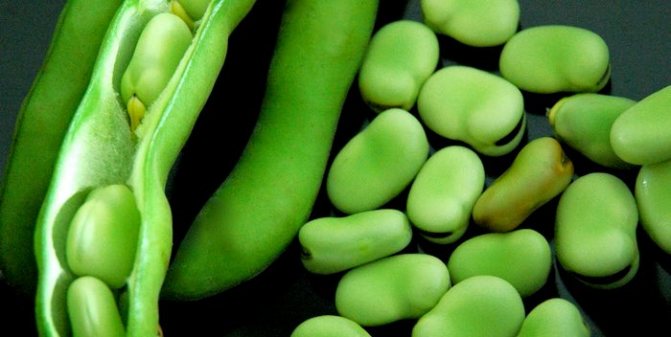

Russian black
The name was given to legumes in 1943 for the color of the seeds - dark purple. Fruits are oval, slightly oblong, wrinkled, of medium early ripeness. Ripen 90 days after sowing. The pod is about 8 cm long, slightly curved. Due to the absence of the pigment layer, it can be eaten whole.
Due to its cold resistance, the variety is planted in the northern regions. The height of the bush sometimes reaches 110 cm, but there are also lower - from 60 cm;
Virovskie
Medium early grade. The stem is erect, reaching a height of 1 meter. There can be 3-4 fruits in a pod. Large matte, milky or lemon yellow in color. The bob itself is slightly curved. Its length is 9 cm. Seeds ripen 100 days after sowing. The stem part of the culture can be 80-90 cm high. Resistant to many diseases.
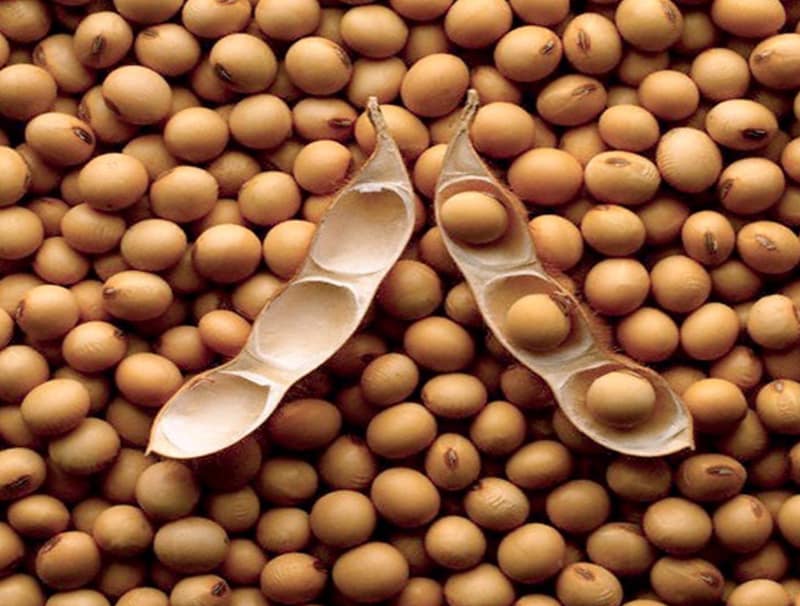

Growing
Beans are a cold-resistant garden crop. To get a rich harvest, you should know some of the features of how to grow such a plant:
- Plants are not demanding on the thermal regime. The first shoots can appear at a temperature of + 3 ° C, while they can withstand frosts down to -4 ° C.
- Favorable temperature for fruit ripening is + 21-23 ° C. Seeds do not like heat: if the temperature is too high, the flowers wither and many barren flowers are formed.
- The culture loves abundant watering, especially during the flowering period.
- Beans loosen the soil with their roots, so weeds rarely appear near the plants.
Knowing these subtleties in growing beans, you can get a rich and healthy harvest. But the rules do not end there: it is important to correctly prepare the seeds and take care of the plantings in a timely manner.
How to prepare seeds for planting?
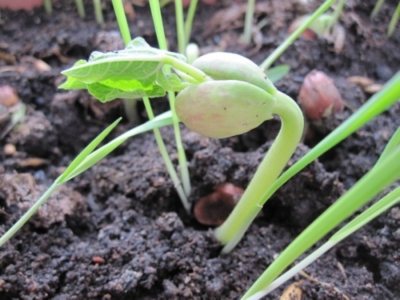

The seedling method is practically not used. Usually, planting material is immediately sown in open ground. You can prepare seeds according to the following principle:
- Sorting... Inspect each bean carefully. Defective and non-standard delete. Also discard the material with holes - the grinder larva settled in it.
- Soak... The seeds are immersed in ordinary water for 15 hours. If you overexpose, then the material will reduce germination.
Disinfection is carried out as follows: soak the beans for 2 minutes in hot water with a temperature of + 50 ° C, then dry and treat with growth stimulants.
How to prepare the soil?
The soil is prepared in two stages:
- Digging in the fall on a shovel bayonet... Pre-apply 4 kg of compost or manure per 1 sq. m, and ash in any amount.
- Spring digging. Apply mineral fertilizers and 15 g of urea.
It is better to choose a site for planting beans after cabbage, potatoes, cucumbers, pumpkins and tomatoes. After them, the level of nitrogen in the soil is reduced, which will favorably affect the development of beans.
When to harvest eggplants
Eggplants must be harvested at the stage of technical ripeness, that is, before they begin to change color and lose their characteristic shine. The fact is that the fruits of eggplants of almost all varieties have a bitter taste, which is due to the presence of solanine M (melangone). In the process of ripening, its amount increases and the fruits become inedible. Cut them off with part of the stalk. Store in the refrigerator in open plastic bags before use. You can freeze them for a long time, cook caviar, chips, preserve ...
Landing in open ground
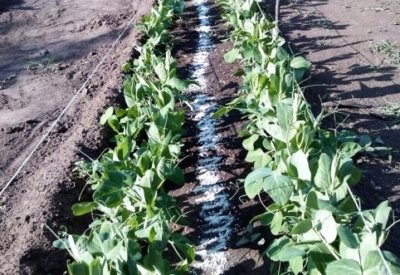

- When the soil warms up to + 5 ° C, the seed planting phase begins. For central Russia, this is mid-May.
- The site should be low-light and well-ventilated. It is better to sow beans using a two-line belt method: the distance between the belts is 45 cm, between the lines 20 cm, between the bushes 10 cm.
- To deepen the seeds by 6-8 cm, while taking into account the sowing rate - 25-35 g per 1 sq. m.
- Water the planting sites well.
The best neighbors for beans are tomatoes, corn, radishes, radishes, spinach, and mustard. The most ideal "companion" will be a cucumber. The root systems of both vegetable crops can form a kind of symbiosis. The bean will feed the soil to the cucumbers, and they, in turn, will give a sufficient amount of moisture.
When to harvest garlic
Ripening of garlic depends on the time of planting and planting material. First of all, you need to remove the garlic grown from the one-toothed garlic, then the winter and, finally, the spring. You should know that the garlic must be harvested without waiting for complete ripening, otherwise the heads will begin to disintegrate into separate cloves and will be poorly stored. Moreover, if the soil is sufficiently moist, secondary root growth begins, which also negatively affects the quality and keeping quality. Cleaning signal winter garlic
- the beginning of cracking of the wrappers on the inflorescences under the pressure of growing bulbs (air bulbs). It is important not to miss this moment. The second sign of ripening of winter and spring garlic is wilting of leaves. At the base of the heads, they lose their fleshiness, turn yellow and dry out. First, cut the inflorescences with arrows, tie them into sheaves and hang them in a ventilated room for ripening air bulbs. Then remove the food garlic, and a few days later, the planting garlic. It is better to dig the garlic with a pitchfork, and then pull it out of the ground, gently shake it off and spread it out on the garden bed, covering the previous row of heads with foliage of the next row, since in the sun they can acquire a greenish color. If rain is expected, then a shed or other well-ventilated area should be used for drying. When the leaves are dry, they are sniffed and the heads are woven into plaits. Some gardeners tie them into bundles and hang them in the house in the coolest place (in the corridor), without even cutting off the roots.You can do it differently: cut off the stem and roots 3-5 cm from the head, the remnants of which are better to carefully scorch over the fire, trying not to damage the bottom of the bulbs, since it is believed that the garlic loses moisture precisely through it and for this reason dries out. Then they are put in a well-ventilated container (lattice boxes) and stored at 18-20 ° C.
Spring garlic
, intended for planting, in the spring for 1-2 months is transferred to a cool place (2-5 °, but not higher than 10 °). The larger the heads, the longer the cooling period. Garlic lies well in closed glass jars or paper bags, sprinkled with flour in layers to the very lid. Periodically, stocks of garlic need to be examined and diseased heads removed. It should be noted that spring garlic is stored better than winter garlic.
Care
In addition to popular methods of care, plants need timely loosening.... Perform the first loosening to a depth of 8-12 cm, when the second real leaf appears. Then 2 more loosening is required. Stop the procedure at a plant height of 50-60 cm.
- Temperature conditions. Beans don't like hot and dry seasons. Therefore, the site should not be exposed to direct sunlight.
- Watering... Water the plantings 2 times a week: 10 liters of water per 1 sq. m. In rainy seasons, stop watering.
- Top dressing... It is necessary to feed the culture when it grows very slowly. Apply 10 g of potash and nitrogen fertilizers for each 1 sq. m plot.
- Weeding... According to experienced gardeners, weeds practically do not appear next to the beans. If the grass appears, then it should be pulled out along with the root.
- Plant support... Only tall plants need a garter. It is enough to stick a peg next to the stem. Perform the procedure carefully so as not to harm the roots.
Tall stems must be earthed. This will strengthen the root system, increase the resistance of the crop with strong winds.
The subtleties of agricultural technology
Outdoors, the beans don't have to pay much attention. They belong to drought-resistant crops, but if it has not rained for a long time, the plantings need to be watered. They do this twice a week, spending at least 10 liters of water per square meter. It is very important to regularly carry out care in the form of moisturizing at the stage of budding, flowering and ovary formation.
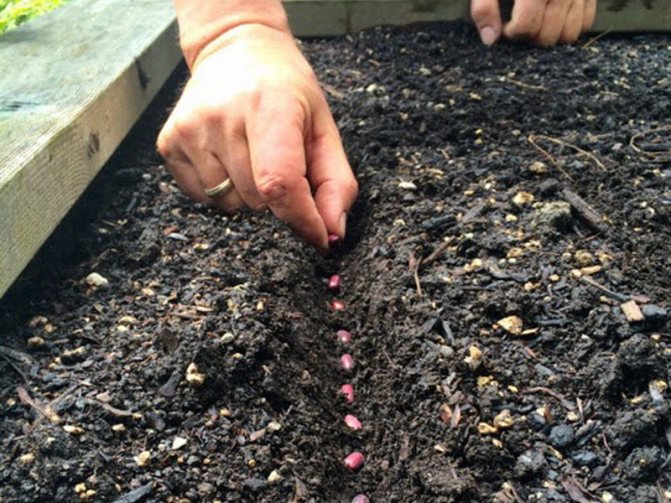

Excess moisture is also harmful to beans, especially in the early stages of their development. Seedlings will actively increase the green mass, but they will not please with abundant flowering. Fruits on plants are set at a temperature of 20-22 ° C. In hotter weather, when the air heats up to 25 ° C and above, you may not expect a good harvest. Frequent feeding of the beans is not required. At the germination stage, they are fed with mullein (0.5 l) and urea (1 tbsp. L).
Both fertilizers are thoroughly mixed in 10 liters of water. The resulting solution is poured over the plantings, spending 0.5 liters of the nutrient mixture for each bush. Further care includes feeding with herbal infusion diluted 1:10 or 1:15. It is carried out once a season, choosing the time after weeding for the procedure.
Tall beans are tied up to make it easier to care for them. The easiest way is to install a trellis for them. They do it like this:
- after planting, support stakes are driven into the soil at the edges of the rows. Their height should be 1-1.2 m;
- when the seedlings grow a little, a wire is pulled over the stakes with an interval of 30 cm.
Diseases and pests
Beans, like many vegetables, are susceptible to disease and pests. Plants can get sick:
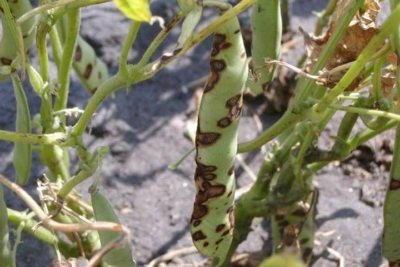

- Fusarium... Dry rot affects the root system. The leaves and tops of the beans curl, turn yellow and fall off. Plants die. The fungus can deprive a person of productivity up to 50%.
- Peronosporosis... Stems, leaves and fruits are covered with dark yellow spots. Plants stop developing, yield decreases, foliage dies.
- Powdery mildew... The culture is covered with a white bloom.The fungus interferes with the normal photosynthesis of the foliage, so the beans are lagging behind in development.
- Rust... The pods are covered with orange-brown spots. Spores of the pathogen fungus move into the valves and infect the fruit.
The following types of pests prefer to feast on beans:
- Legumes and pea aphids... Insects live in whole colonies on stems and foliage, drawing out all the juices from them. In this case, the females lay eggs in the soil. The clutches are able to survive the winter, and in the spring turn into new hungry individuals. As a result, the stems are damaged, the flowers and buds fall off, the yield decreases.
- Pea weevil... In the spring, bugs eat pollen from flowers, and after the beginning of budding, female individuals lay eggs on the pods. These clutches turn into harmful larvae that feast on the valves. Penetrating inside, they gnaw the fruits. It is important to understand that these beans are not edible.
- Root weevils... They feed on young plants. The beans become weak and stop growing. After the female weevil has laid eggs and the larvae hatch from them, the roots become food.
To destroy pests and fight diseases, it is important to follow the rules of crop rotation, spray plants with insecticides and fungicides. Keep the site clean, destroy diseased crops.
How to store beans for the winter?
You can store the crop in various forms: dried, frozen, canned. In all these states, the beans have a pleasant taste and are useful for creating various culinary dishes.
Drying
During the drying process, the beans can rot, to avoid this, the room needs good ventilation.
How to dry vegetables:
| First way: | Spread the pods or fruits on special trays, dry for a certain time, turning occasionally. When the vegetables are dry, remove the pods, store in tin containers. |
| Second method: | Steam the beans, you can use a steamer or sterilizer, carry out the processing for 3-5 minutes. Place vegetables on special trays and dry in a place with good air circulation. |
Freezing
To freeze the beans, you will have to follow the instructions:
- before starting the procedure, you will have to pour boiling water over the fruits;
- then boil them for at least 3 minutes in water;
- cover vegetables with ice or rinse with cold water;
- dry, and then pack in bags and freeze in the refrigerator.
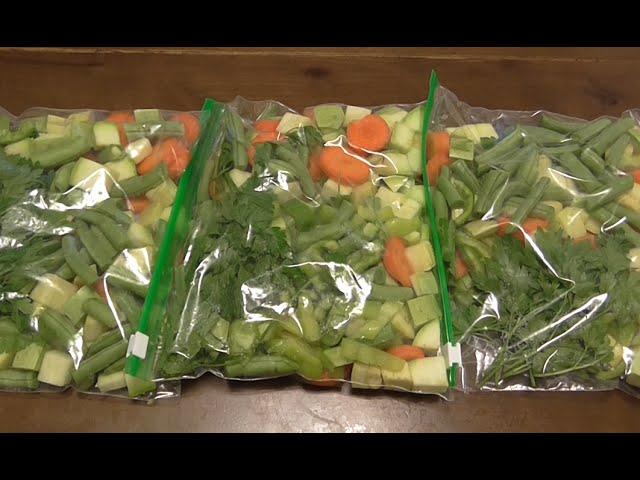

When to Harvest?
With the right approach to growing this crop, you can get 6-7 tons per hectare. It is up to the individual to decide when to harvest the beans. There are two harvest periods:
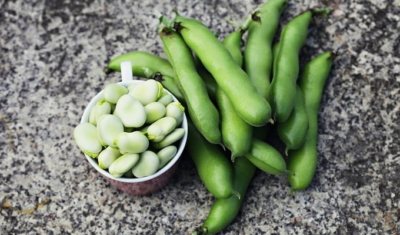

- For eating juicy and tender pods. This stage occurs 12-14 days after flowering. It is recommended to collect the pods from the bottom of the stems and include them in salads or side dishes.
- For long-term storage and preparation of planting material. The plants are harvested when the pods have acquired a dark color and began to crack.
Seeds remain viable for 5-10 years. To preserve them better, you should keep the beans in a dry, dark place.
Owners of a garden plot should try sowing beans. So you can get a double benefit - collecting a tasty and healthy crop, enriching the soil for the subsequent planting of other garden crops. But do not forget about the rules of cultivation and timely control of pests and diseases.
When to harvest carrots
Each variety of carrots must be harvested at a certain time so that the vegetable ripens well and can be stored for a long time, late-ripening varieties are mainly left for the winter, but the early and middle ones are used for food or for canning. Late-ripening varieties of carrots are dug out even before the onset of frost, more precisely, until the end of September.When the air temperature drops below 4 degrees, the growth of carrots stops, and if the temperature drops below 0, then the vegetable can become covered with gray rot and there is nothing left but to simply throw out the crop. Therefore, it is very important to remove the vegetable from the garden by mid-September, but it is also not necessary to harvest the crop too early, sudden changes in temperature - warm weather outside and a cold basement can harm the vegetable. Mid-season carrot varieties must also be harvested on time, and you can determine the exact time yourself, if you take into account that its ripening time is 80-110 days after planting. You can also determine the ripeness of a vegetable by the yellowed lower leaves. Remember that if you overexpose mid-season carrots in the ground, then you can greatly worsen its taste. Early ripe carrots. Early carrots are harvested in the middle of summer. These varieties are distinguished by their bright taste and juiciness, which is why it is advised to eat it raw, but mid-season and late varieties are perfect for harvesting for the winter. It is also worth remembering that a properly harvested crop will allow you to preserve a vegetable for the whole winter, small carrots can be pulled out with your hands, grabbing the tops, just pull, and a long vegetable, before pulling out, needs to be dug with a shovel. Damaged root vegetables need to be eaten from the first time, but for longer storage, leave well-ripened and undamaged carrots.
Bean soup
Boil the beans in salted water until they are soft, chop and fry the onion and garlic leaves in sunflower oil. Combine everything, add flour and ground pepper, diluted with water. Cook for 9 - 10 minutes, and before removing from the heat add finely chopped parsley or dill. Season with eggs and sour milk before serving. For 500 g of green beans: 5 onion leaves, 2-3 garlic leaves, 4 tbsp. tablespoons of oil, 1 tbsp. a spoonful of flour, 2 eggs, 1 glass of milk, 1 teaspoon of pepper, parsley or dill, salt to taste. So he gets the bean soup.
Fodder varieties
Broad beans are an ancient culture, but their cultivation areas are small in Russia.
The biological characteristics of forage beans include:
- the minimum temperature for seed germination is -3 ... -4 ° С;
- undemanding to heat during the growing season - + 18 ... + 20 ° С is enough;
- frost resistance - withstand temperature drops down to -5 ° С.
The grains contain up to 30% vegetable protein.
Siberian
The variety "Siberian Federal Scientific Center of Agrobiotechnology of the Russian Academy of Sciences" was approved for cultivation in 2007. Recommended for cultivation in the West Siberian region.
The growing season for silage is 55 days, for grain - 90-100 days.
The plant is medium-sized, the pods do not crack when ripe.
Vegetable protein content - 29%, crude protein - 17%.
The average grain yield is 35 c / ha.
Streletsky
A new variety of legumes with a yield of up to 70 c / ha and a protein content of up to 33%.
Resistant to frosts down to -3 ° C, droughts and diseases. The growing season is 90-100 days. Plants do not lie on the vine, fruits do not crumble.

